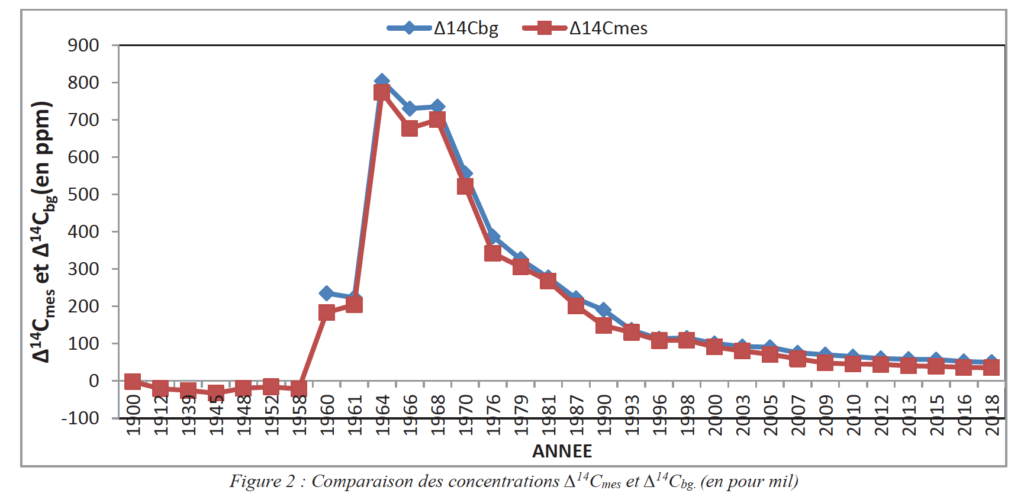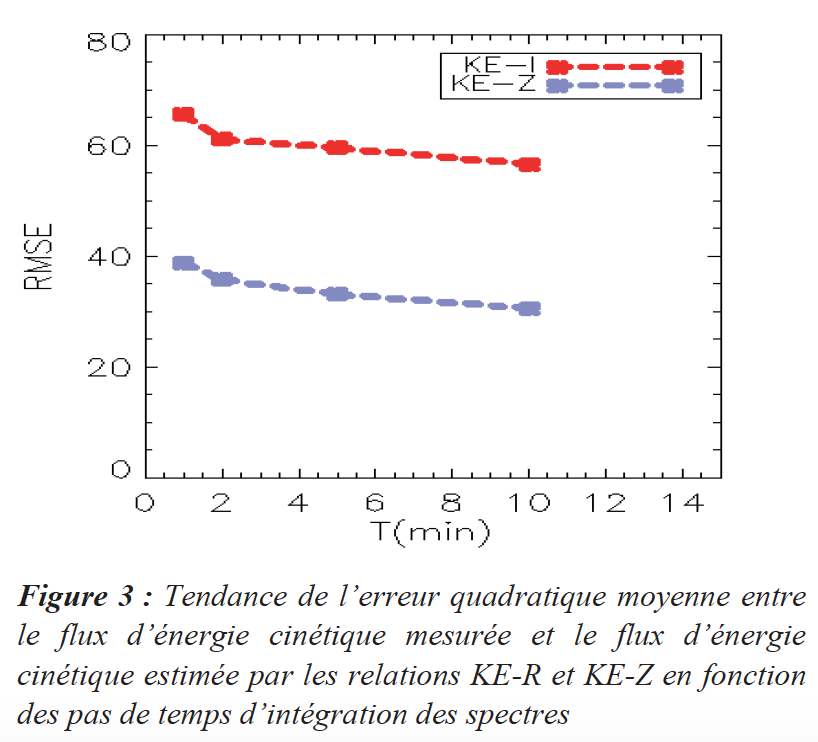Le carbone 14 (14c) un traceur idéal pour la surveillance de la pollution atmosphérique en dioxyde de carbone (co2) anthropogénique dans la zone de Dakar
- Post by: SOAPHYS-KZ
- 16 juin 2021
- Comments off


http://dx.doi.org/10.46411/jpsoaphys.2020.02.18
Section de la parution: Informations de publication
J. P. Soaphys, Vol 2, N°2 (2020) C20A18
Pages : C20A18-1 à C20A18-8
Informations sur les auteurs
Sène Matar1*, Ndeye Maurice2, Diallo Alpha Oumar2
1Département de Physique, Faculté des Sciences et Techniques, Université Cheikh Anta Diop de Dakar, Dakar-Fann, Senegal,
2 Radiocarbon Laboratory, Institut Fondamentale d’Afrique Noire (IFAN), Cheikh Anta Diop University of Dakar, Dakar-Fann, Senegal,
RESUME
Le comportement de notre environnement dépend de l’équilibre radiatif de son atmosphère et donc, de l’abondance des polluants comme les gaz à effet de serre. Ces gaz anthropogéniques sont dus, en grande partie, aux activités de l’homme depuis l’époque moderne à travers la combustion des combustibles fossiles. Celle-ci libère du dioxyde de carbone fossile (CO2) ff, pauvre en 14C car la demi-vie de ce radioélément (5730ans) est beaucoup plus courte que l’âge des combustibles fossiles. En revanche, le dioxyde de carbone biogénique (CO2) bio et le dioxyde de carbone naturel de fond ou background (CO2) bg sont enrichis en 14C issus des rayonnements cosmogéniques (Production naturel du 14C dans la haute couche atmosphérique) et des essais d’armements nucléaires. Le carbone 14 peut donc, être un marqueur isotopique artificiel utilisé pour distinguer les différentes sources de CO2, car chaque source possède sa propre et spécifique valeur de Δ14C ou empreinte isotopique. Ce travail a pour but principal de faire une évaluation temporelle et spatiale du dioxyde de carbone fossile dans une zone fortement urbanisée et industrialisée. Nous avons alors choisi la région de Dakar avec quelques sites d’échantillonnages très exposés à cette forme de pollution anthropique. Les résultats obtenus ont montré une hausse de la concentration du CO2 fossile au fil du temps et une concordance acceptable de nos valeurs avec celles de la Banque Mondiale pour le Sénégal. Les concentrations en 14C fossiles (Δ14C) ou empreintes isotopiques trouvées, montrent une nette baisse par rapport aussi à un niveau naturel d’air propre supposé non pollué (Zone propre).
Mots-Clés : radiocarbone, CO2 fossile, concentration en 14C, CO2 biogénique, zone de Dakar
Baydoun R., Omar El Samad., Bilal Nsouli and Ghassan Younes., 2015. Measurements of 14C Content in leaves near a cement factory in Mount Lebanon. Radiocarbon, Vol 57, Nr 1, pp 153-159 DOI: 10.2458/azu_rc57.18108
composition. Radiocarbon, Vol 40, Nr 1, pp 417–423. DOI : https://doi.org/10.1017/S0033822200018294
observations. Geophysical Research Letters, Vol. 30, NO. 23, 2194. DOI : 10.1029/2003GL018477
of 2008/09. Radiocarbon, Vol 52, Nr 2-3, pp 835-845. DOI : https://doi.org/10.1017/S0033822200045859
Academic Press INC. (London) LTD.24-28, Oval Road, London (1987).


